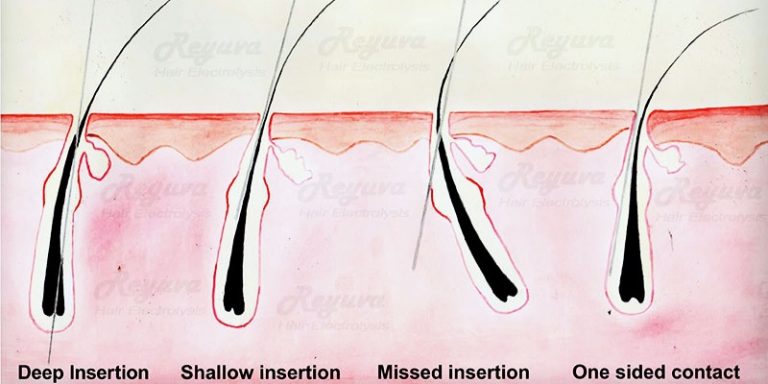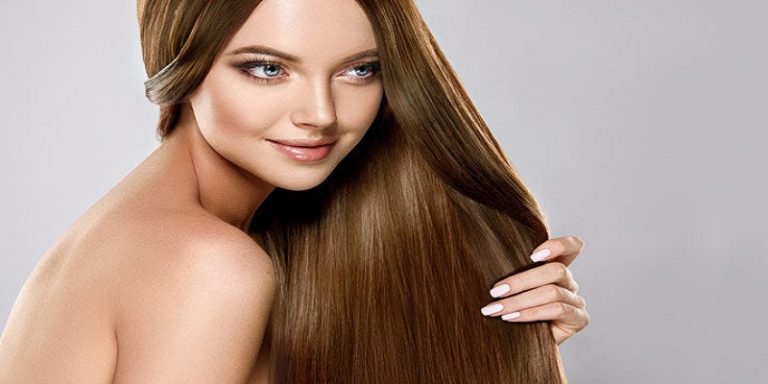How To Take Out A Hair Wrap?
Last Updated on June 18, 2025 by Jaclyn A. Neeley
Hair wraps are a popular and stylish way to add color, texture, and flair to your hair. Whether you have a single braid wrapped or your whole head adorned with wraps, they can elevate any look. However, all good things must come to an end, and eventually, you’ll need to remove your hair wraps. Proper removal is crucial to prevent damage to your hair and scalp. This guide will walk you through the process step-by-step.
What You’ll Need
Before you begin, gather the following supplies:
- Scissors (preferably small, sharp scissors designed for cutting hair)
- A rat tail comb or metal pick
- Hair clips or elastics to section hair
- A towel or cape to catch cut threads
- Hair conditioner or oil (optional)
Preparing for Removal
Sectioning the Hair
Start by sectioning off the hair that has been wrapped. Use hair clips or elastics to separate the wrapped sections from the rest of your hair. This will make the removal process easier and prevent accidentally cutting unwrapped hair.
Detangling (Optional)
If your hair wrap has been in for a while, or if you have very textured hair, you may want to detangle the unwrapped sections before removal. Apply a small amount of conditioner or oil to the unwrapped hair and gently work through any knots or tangles with your fingers or a wide-tooth comb.
Removing the Wraps
Locating the Knot
Carefully examine the wrapped section to locate the knot where the thread or string was initially tied to your hair. This knot will be at the very base of the wrap, closest to your scalp.
Cutting the Knot
Using your sharp scissors, carefully snip the knot at the base of the wrap. Be very careful not to cut your own hair in the process. It may help to have someone assist you or use a hand mirror to get a better view.
Unwrapping the Thread
Once the knot is cut, you can begin unwrapping the thread or string from your hair. Go slowly and gently, taking care not to pull or tug on your hair. If the thread seems stuck or tangled, apply a small amount of conditioner or oil to help loosen it.
Removing Beads or Charms
If your wrap includes beads or charms, you’ll need to slide them off the thread as you unwrap. Go slowly and carefully to avoid snagging or pulling your hair.
Finishing Touches
Detangling and Conditioning
After the wrap is fully removed, you may find that your hair is tangled or dry from being wrapped. Use a wide-tooth comb or your fingers to gently detangle, working from the ends up to the roots. Apply a deep conditioning treatment or hair mask to help restore moisture and shine.
Trimming Split Ends
Hair wraps can sometimes cause split ends or breakage, especially if they were left in for an extended period. Once your hair is detangled and conditioned, examine the ends for any splits or damage. Use your sharp scissors to trim away any split or frayed ends, being careful to cut in a straight line.
Styling as Desired
With your hair wrap removed and your ends trimmed, you’re free to style your hair as desired. You may want to let it air dry for a more natural look, or you can blow dry and style with hot tools if preferred.
Tips and Precautions
- Never leave a hair wrap in for longer than 2-3 months, as this can cause excessive damage and breakage.
- Be gentle when removing wraps, and avoid pulling or tugging on your hair.
- If a wrap seems impossibly tangled or stuck, don’t force it. Seek help from a professional stylist to avoid damaging your hair.
- Consider using a deep conditioning treatment or hair mask after removing wraps to help restore moisture and strength.
- Trim away any split or damaged ends to prevent further breakage.
When to See a Professional
In most cases, you should be able to remove hair wraps at home with patience and care. However, there are some situations where it’s best to seek professional help:
- If the wrap is extremely tangled or matted and you cannot safely remove it yourself.
- If you notice excessive breakage, shedding, or damage to your hair or scalp during the removal process.
- If you have any concerns about the condition of your hair or scalp after removing the wraps.
A professional stylist, particularly one with experience in hair wraps and protective styles, can safely and efficiently remove even the most stubborn wraps without causing further damage.
Conclusion
Hair wraps are a fun and fashionable way to switch up your look, but proper removal is key to maintaining healthy hair. By following these steps and taking your time, you can safely and easily remove your wraps at home. Remember to be gentle, use the right tools, and don’t hesitate to seek professional help if needed. With a little care and patience, you can enjoy your hair wrap while it lasts and transition back to your natural hair seamlessly.
FAQs
How to easily take out a hair wrap?
To remove a hair wrap, carefully snip the knot at the end and gently unravel the thread. Avoid cutting your own hair by being cautious. If the wrap is tightly woven, you may need to use a comb to help loosen it as you unravel.
How do you unwrap a hair wrap?
To unwrap a hair wrap, locate the knot at the end and cut it with scissors. Then, slowly and carefully unravel the thread, using a wide-tooth comb to help detangle if needed. Work gently to avoid pulling or breaking your hair strands.
How long can you leave a hair wrap in?
Hair wraps can typically be left in for 2-3 months maximum before needing to be removed. Leaving them in longer can cause the wrap to look messy, pull on your hair, and potentially lead to issues like mold or odor buildup.
What are the different types of hair wraps?
Common hair wrap styles include basic wraps using thread or embroidery floss, beaded wraps with added beads or charms, and wraps using materials like wool or silk scarves. Wraps can create different patterns like braids, knots, or straight wraps around the hair.
How to choose the right hair wrap for your hair type?
For thick, coarse hair, choose a stretchy cotton or jersey wrap material. For fine, delicate hair, opt for a smooth satin or silk wrap to minimize friction and frizz. Consider your hair length as well – longer hair may need a larger wrap size.






